Artist Interview - Damien Gilley
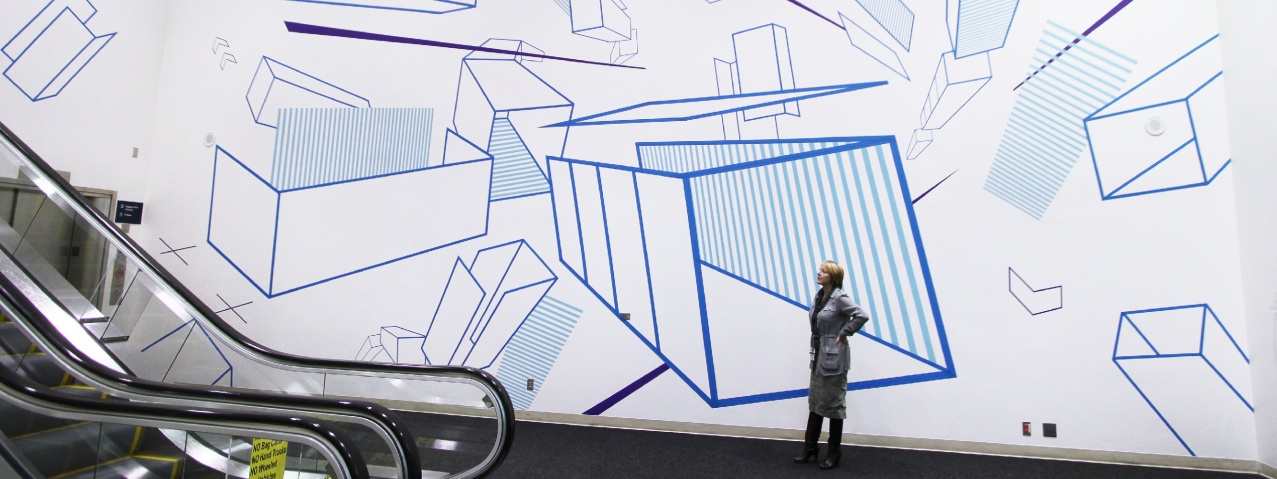
Damien Gilley is a multi-disciplinary artist from Portland, Oregon in the US. His work has been exhibited nationally and internationally at venues including Tetem Kunstruimte (Enschede, Netherlands), EastWestProject (Berlin, Germany), MARC (Kivik, Sweden), Las Vegas Art Museum (Las Vegas), The Belfry (New York), Wieden+Kennedy (Portland), and the Portland 2010 Biennial to name a few. His work has been reviewed by Artforum.com, The New York Times, designboom, The Oregonian, the Las Vegas Review Journal and the Austin Chronicle, among others.
Portland, United States
www.damniengrilley.com
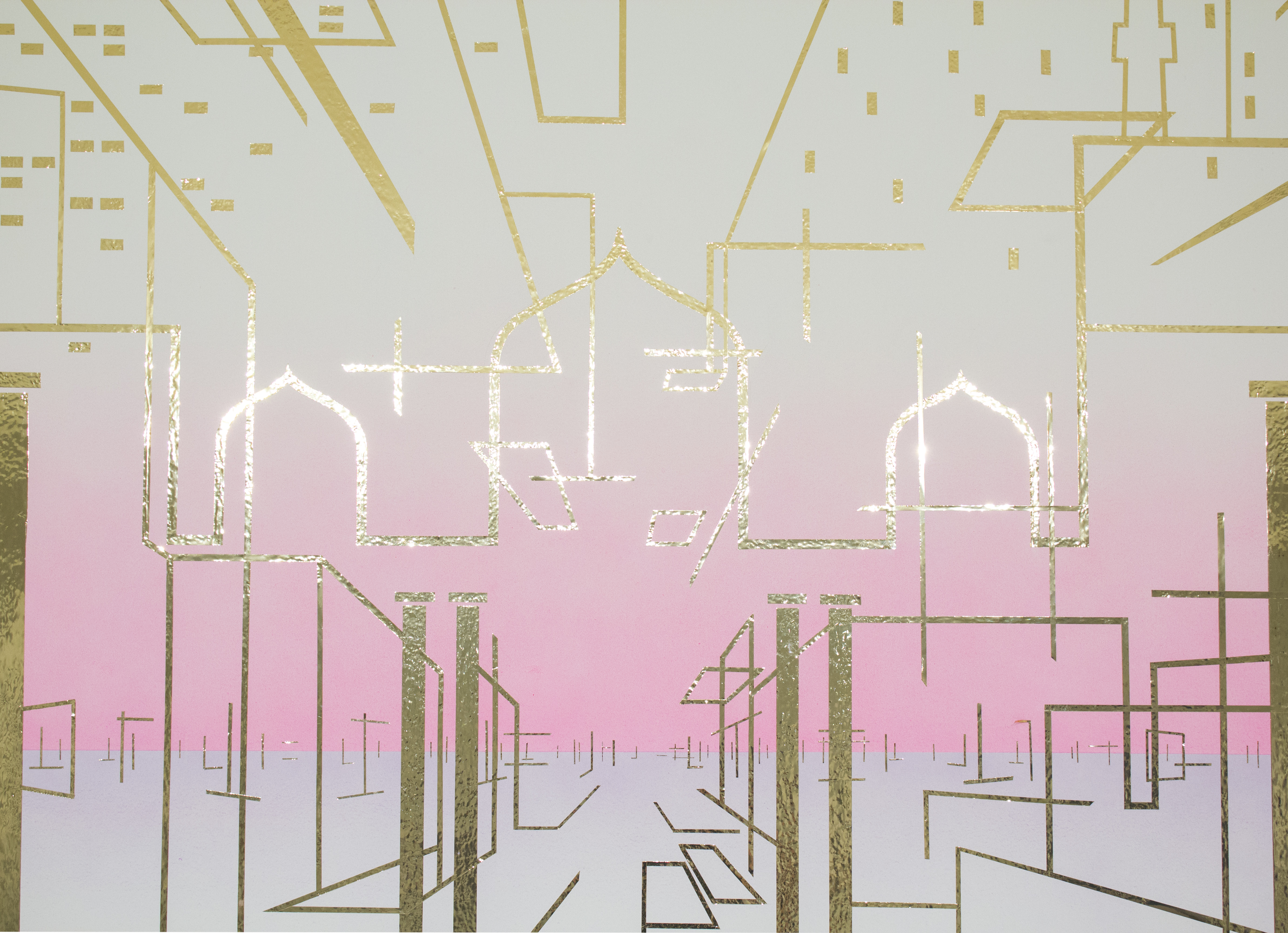
|
What information does a solo creator need about a project so that they can optimise their performance from start to finish? First you need to know when the design is starting, or if you are pitching ideas first, when you will paid for that process. I have a very identifiable style and the past work history should be enough to reach an agreement to be paid for any ideas or time spent. After that I use a very minimal revision process because my client will already have a strong idea of the visual look that will be arrived at. This saves me time and avoids miscommunication. The artist also needs to identify potential conditions that could slow down installation when the project goes to production, such as having an agreed-upon work-space. Then just knowing which tools you will use and being confident should optimize your performance! |
A cyclist often faces poor conditions — the state of the road, bad weather, etc. How do you know what are the best conditions for you to work in and does client pressure sometimes force you to go ahead when conditions are not ideal? In my practice I often have to respond to site conditions that are not always communicated well. Experience and attention to detail early are critical to identify potential hazards, and I build those contingent scenarios into the contract as much as is reasonable. That way, if pressured to continue and deliver on time something that has been fundamentally derailed by unforeseen problems, you should be able to negotiate. But a more practical answer may be to build into projects a sense of improvisation and alteration when the artist needs licence. I use projection to start large visual works, but turn it off once a foundation is established on the wall, then adjust the work to fit the human-scale reality it is in. It’s the only way to know what a work feels like in space when you have designed it on paper or on a computer. A good example is when I am commissioned to make a mural or a large drawing in a commercial space. During a build-out or major construction project, the sites are hectic, dirty and loud, which really slows me down. So I arrange to be there during clean times, and I often go during odd hours such as afternoon into night, to avoid the crush of people. These arrangements can be added to an agreement, but it’s difficult sometimes to manage, so remember to remind the client every time that because conditions are not as optimal as originally agreed upon you are doing extra work. |
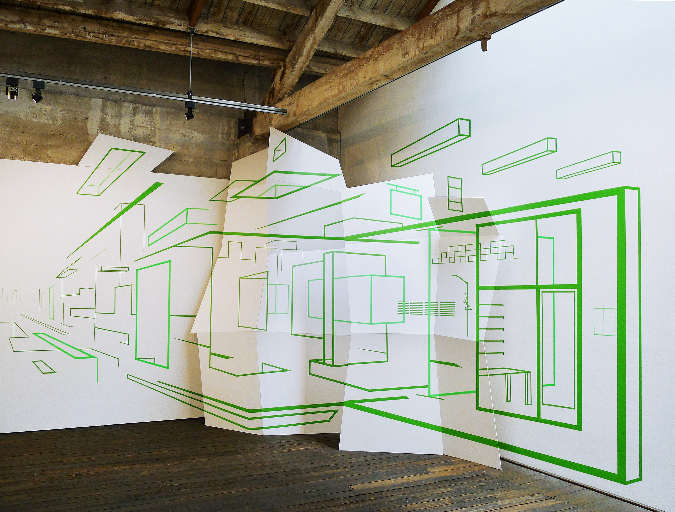
|
Others

Latest News | 1 September 2018
Celebrating Half-A-Century of Polish Poster Art

Latest News | 1 September 2018
Loneliness of the Long-distance Cyclist/Solo Creator

Latest News | 1 September 2018
Artist Interview - Bal Icme

Latest News | 1 September 2018
Artist Interview - Zach Johnson

Latest News | 1 September 2018
The Versatility of an Application that isn’t an APP!
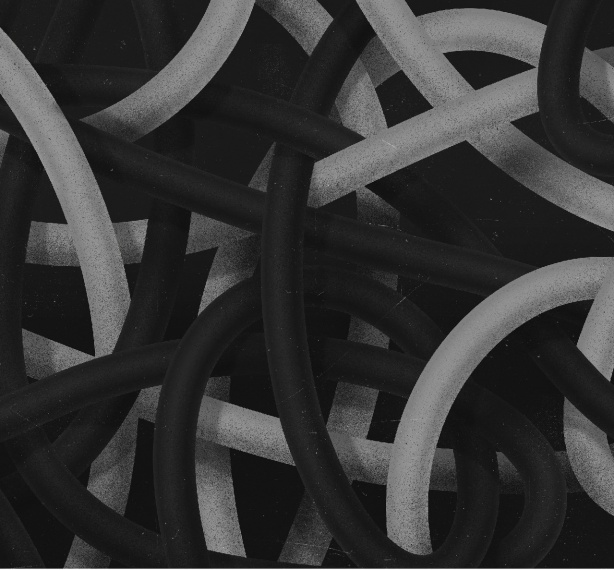
Latest News | 1 September 2018
Artist Interview - Giga Kobidze

Latest News | 1 September 2018
Artist Interview - Yann Sadi

Latest News | 1 September 2018
Thinking on the Edge, the Corner and the Flap of the Box
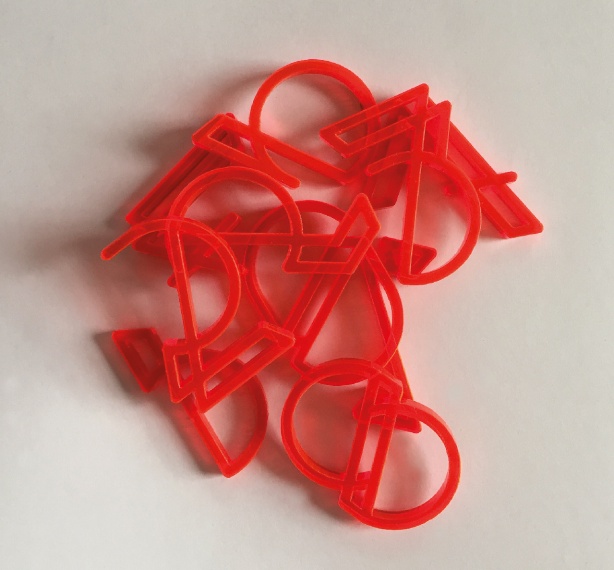
Latest News | 1 September 2018
Artist Interview - Mark Richardson
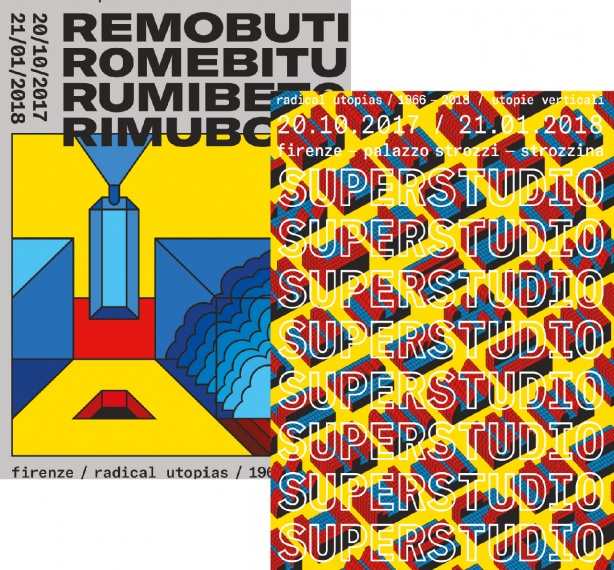
Latest News | 1 September 2018
Artist Interview - Riccardo Sabatini
